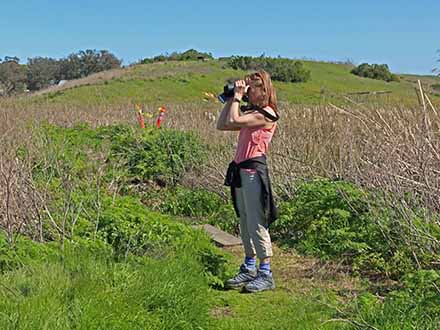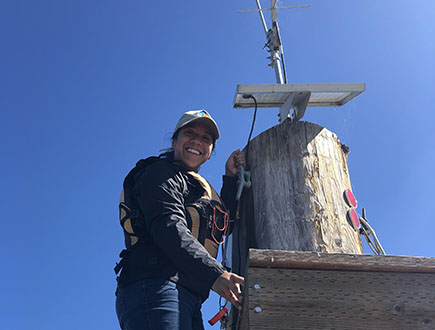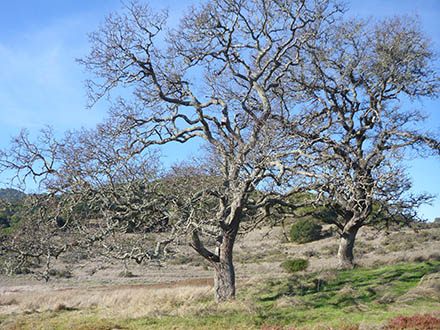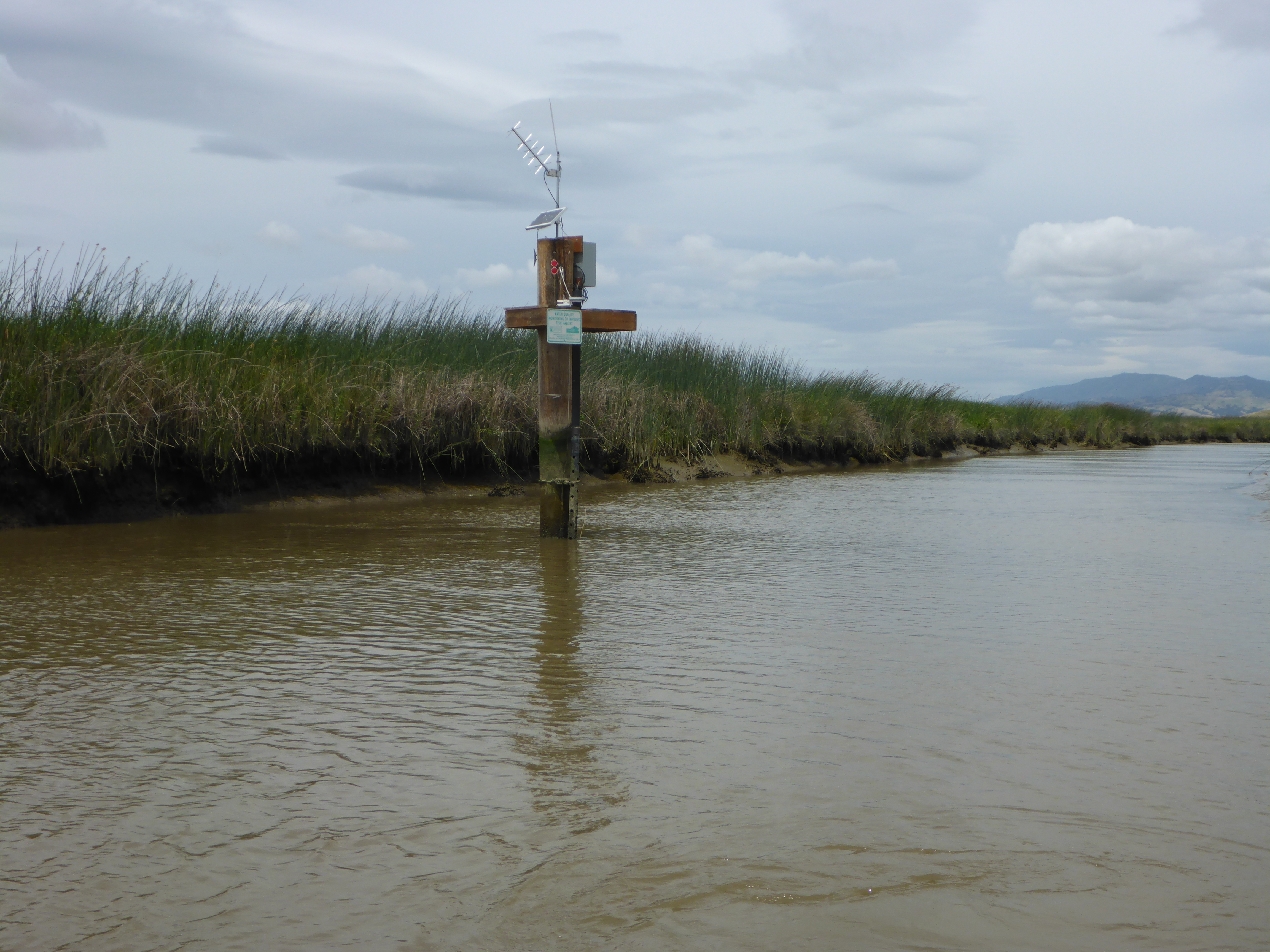Research at the Reserve
We conduct long-term monitoring and research and work with the Solano Land Trust and California State Parks to coordinate external scientific research in Rush Ranch and China Camp. We can provide scientists working within the reserves with monitoring data, site knowledge, and connections to science translators to assist with communicating about research. Permits are required to conduct research at both sites. Contact Research Director Matt Ferner.
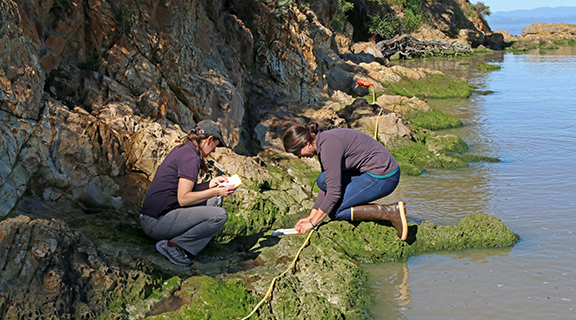
Highlighted Research
California Oyster Restoration
Researchers from San Francisco Bay and Elkhorn Slough NERRs, UC Davis, and Smithsonian developed a collaborative research project to study population dynamics of native oyster populations in both estuaries and develop tools to guide selection of future restoration sites.
Mud on the Move: New Approaches to Sampling Suspended Sediment
“Mud on the Move” is testing methods for monitoring suspended sediment concentrations above the marsh surface. The project aims to develop monitoring protocol for data needed to improve accuracy of marsh sustainability models.
How do native fish use intertidal channels?
Long-term data suggest that Rush Ranch’s tidal marsh acts as a refuge for native fish, particularly young Sacramento splittail. Researchers from UC Davis monitor the use of intertidal channels by fish and tag fish with transponders to record their movement in interconnected channels.
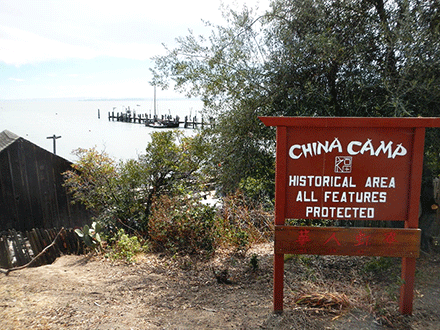
San Francisco Bay NERR Sites
The NERR sites of China Camp and Rush Ranch represent rare examples of habitats that were once common in the San Francisco Estuary: native grasslands, tidal marshes, mud flats, and rocky intertidal areas. In particular, they contain some of the last remaining historic tidal marshes in the estuary and serve as reference sites for the design and evaluation of restored and created tidal wetlands.

